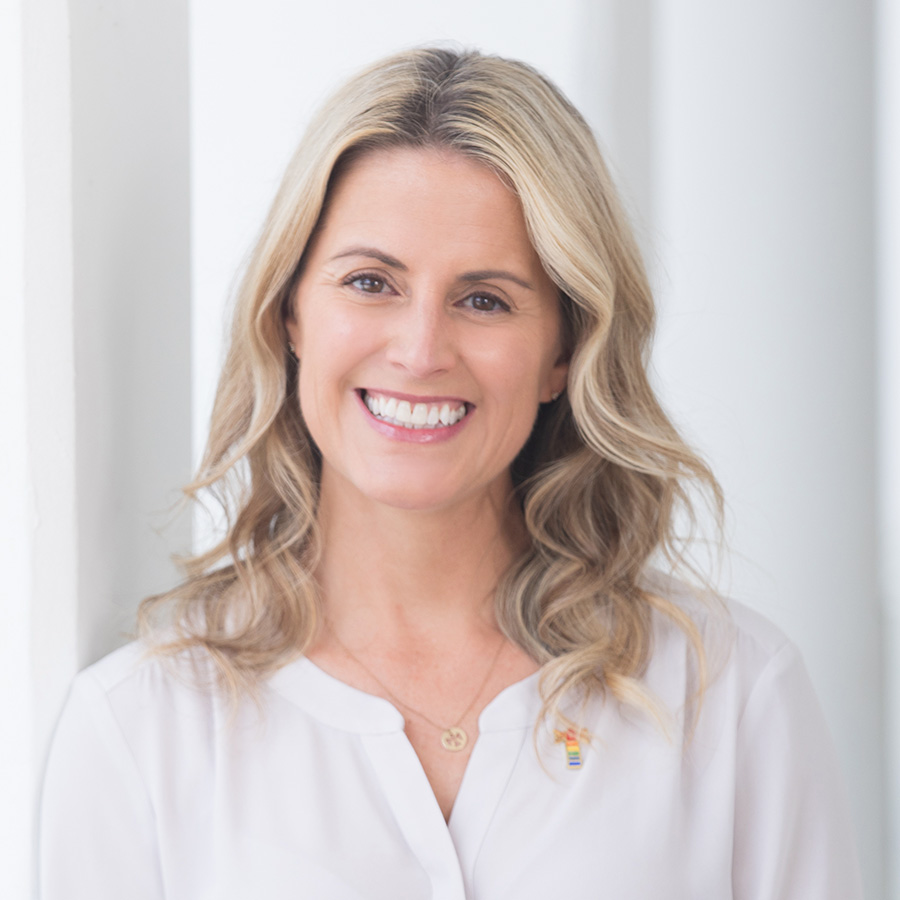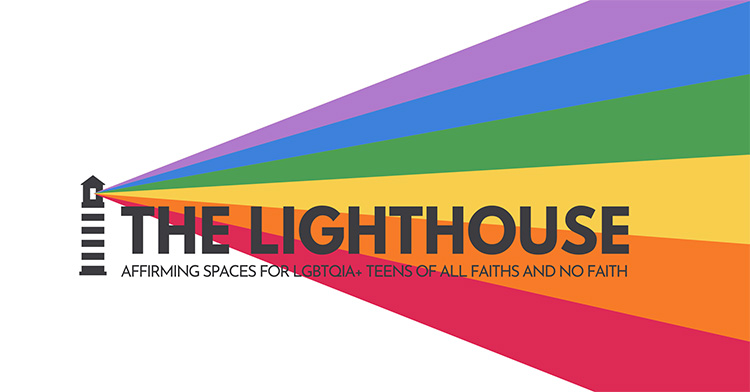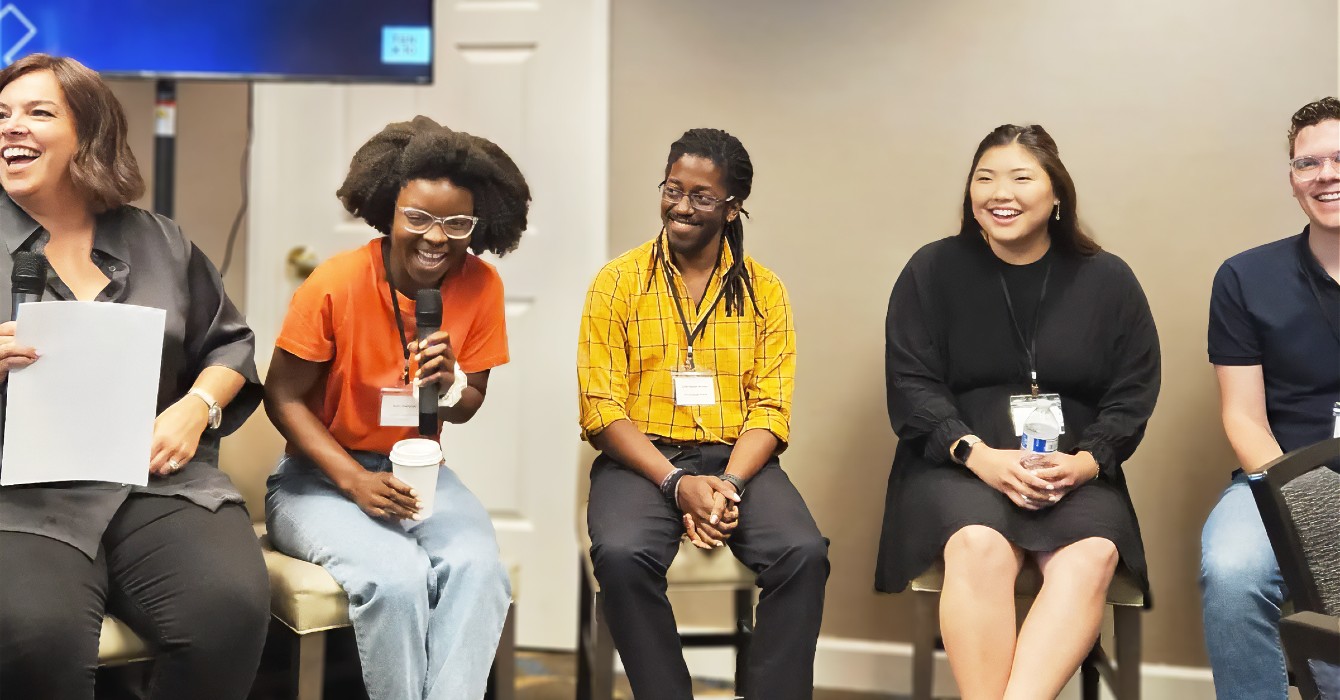At first glance, what Bob Bates does with inner-city youth in Los Angeles seems clear: he teaches them art.
Bates co-created the Inner-City Arts program in 1989 and has seen it blossom. It now serves nearly 16,000 kids every year, introducing them to artistic media including paint, drama, sculpture -- you name it. In these days of economic downturn and lean budgets, many schools are focused on raising test scores, not cultivating art. So it follows that this program exists to teach kids what schools don’t: how to be an artist.
But that’s not really what Inner-City Arts is about.
In an interview with the Dowser website, Bates explained: “We set out to learn about creativity, not just teach art.” As it turns out, giving kids a laboratory space to play, collaborate with others and experiment bolsters cooperation, patience, confidence and creativity. In other words, it gives kids what they need to succeed in school. And in fact UCLA researchers have found that in this and other such programs, participants’ test scores go up, dropout rates go down, and kids formerly characterized as “at risk” start thriving. What’s going on here?
This model embodies something significant about the way youth learn: not through the presentation of theory and endless testing, but through active involvement in “an experiment, a response, some adjustment, and more experimentation,” as David Bornstein and Susan Davis write in “Social Entrepreneurship: What Everyone Needs to Know.”
In his book “Lost Icons,” Archbishop of Canterbury Rowan Williams makes similar recommendations about children’s formation. Instead of thinking of youth only as consumers -- quasi-adults with cash and the power to choose where to spend it -- Williams argues for providing spaces of “indeterminacy,” where youth can be teenagers and not “young adults.”
Such spaces allow for “irresponsible talk,” where children can play and speak freely, trying on new identities, practices and behaviors without fear of making mistakes or of having somehow “gotten it wrong.” That kind of learning doesn’t come from a book or a classroom, or from simply being treated as adults. It comes from practice and play. On the road to adulthood, more than anything, teens need a place to speak irresponsibly. In other words, young people need some space to be young.
Let the youth ministers with ears listen. Youth ministry that treats teens as consumers is coming under increasing fire, which is good. But it seems equally problematic to give young people an all-access card to the leadership and management of the church. Of course, their voices must be part of the conversation. But to stop there, to believe that this is all we are called to do, is to succumb to the same problem as when we seek only to entertain them: it is to cast them as adults, not as youth. We have to give them more.
We should give them room to experiment and play with the holy practices and things of the church. We have to let our teens pick up the language and be “irresponsible” with it so they might learn what it means to speak faithfully as Christian adults.
We have a word for this kind of space, where experimentation and innovation are encouraged: We call it a laboratory.
We try to provide such a laboratory each year in the Duke Youth Academy for Christian Formation. Each June, 45 to 50 high school juniors and seniors gather for two weeks at Duke University. Each day is shaped by the patterns of worship in word and sacrament, reflection on Scripture, service in the world, fellowship in the sharing of meals, and engagement in rest and play.
Participants are given both the language of theology to discuss and the elements of the church’s holy life to practice. This is all so that they can try on a baptismal vision with which they can see their lives and the world they are called to serve. Like Bob Bates in Los Angeles, we create a laboratory, a place of experimentation and inquiry, a safe space where “irresponsible talk” can be encouraged and sustained without fear of censure or judgment.
What comes of this, we think, deeply forms youth on the way to becoming Christian adults. As one participant said: “My understanding of Christian faith is being challenged through the various perspectives and opinions that I am experiencing. It is a challenge because the different faith traditions and teachings that I hear and see test the teachings that I have brought with me to the Academy. ... My faith is being strengthened in many ways that I never expected. I am seeing the different ways people do church.”
How would that laboratory take shape where you live and serve? Instead of hiding our teens in the church basement, what would it look like if the youth room were the church’s “research and development” department, the place where the practices of the Christian faith could be crash-tested?
Could we integrate a baptismal font and an altar along with the beat-up couches and media screens to create something between a sanctuary and a ball pit? And what difference might this model make in the way we think about summer camping experiences and weekend youth retreats, as well as how judicatories shape regional youth ministry?
Instead of the convention with the keynoter and the indie Christian band, could we open the door to a new laboratory where we emphasize experience, reflection and play, trusting that in this mix the Spirit will shape us into holy people?
The “laboratory” approach requires a large commitment of resources. It requires a community of friends, partners and investors. It requires a well-trained staff, a cadre of leaders who don’t just love youth but also love the church, who have learned its language and its ways and can safely guide the youth at play, allowing experiments but preventing anyone from getting blown to bits.
And it requires an abundance of patience, which Williams reminds us is essential if we are to give our youth the time and space to be young.
In a church that is rapidly growing older, this might be one of the most challenging investments we have to make. We must not economize on the crucial incubator of experimental youth ministry.









